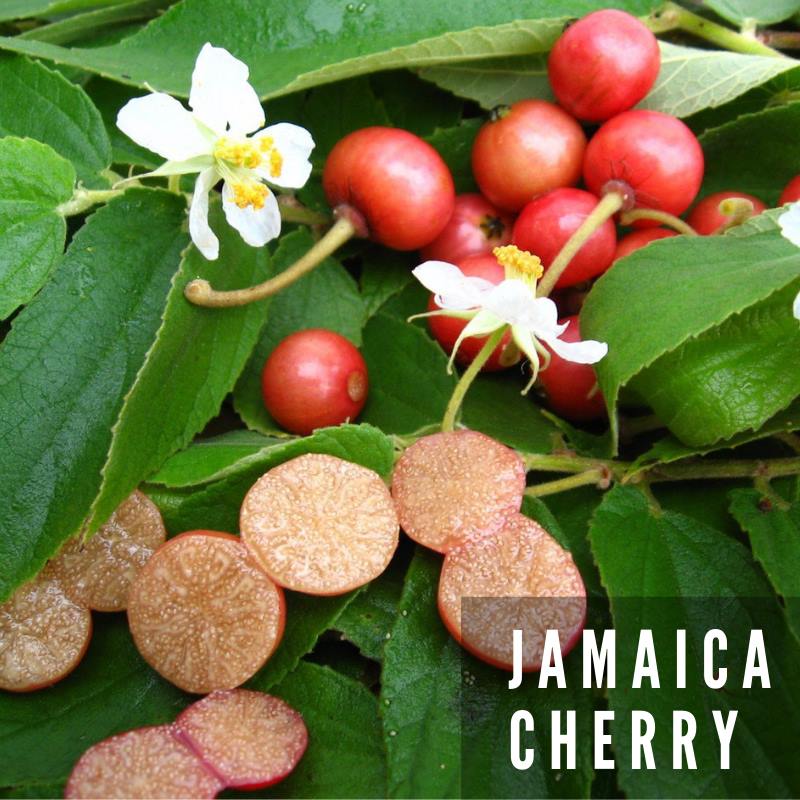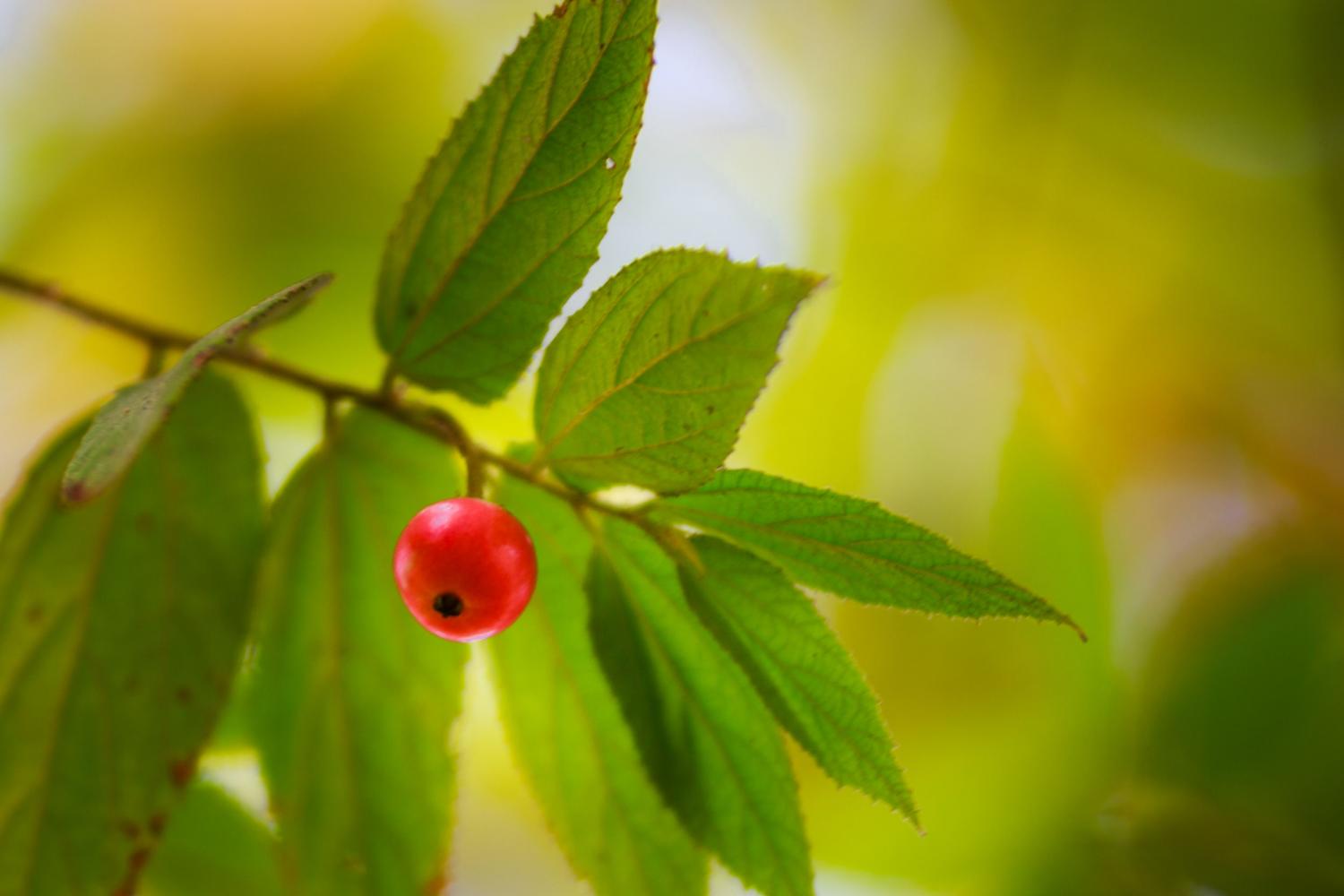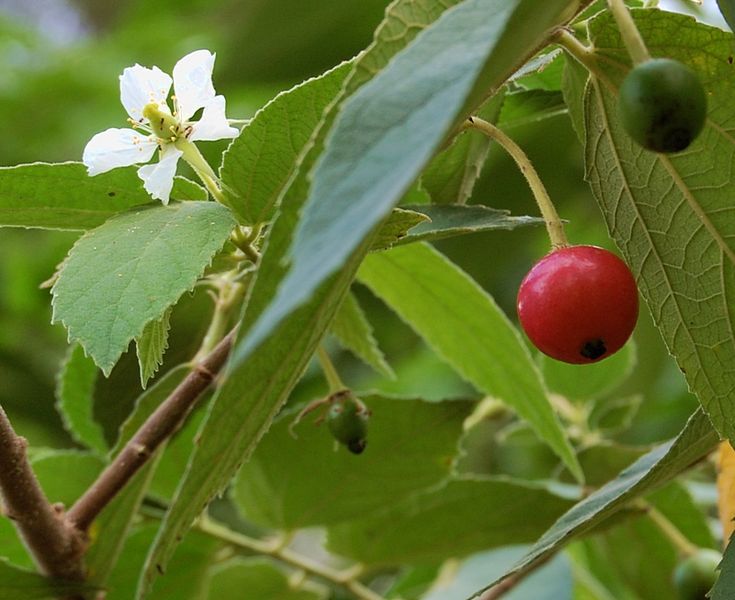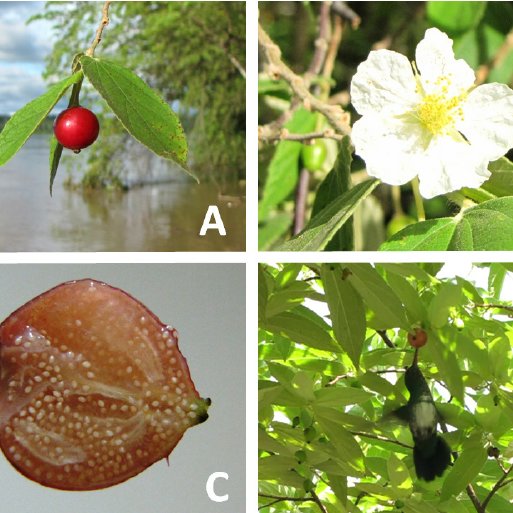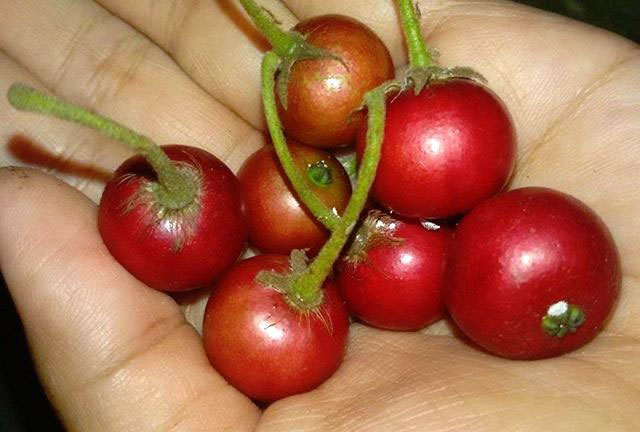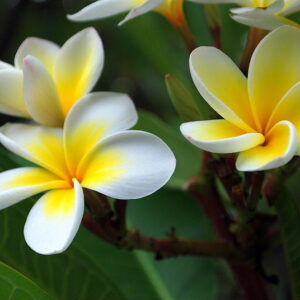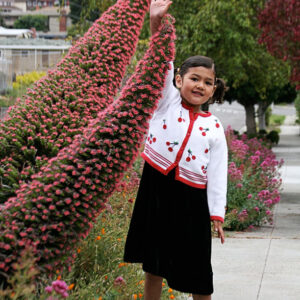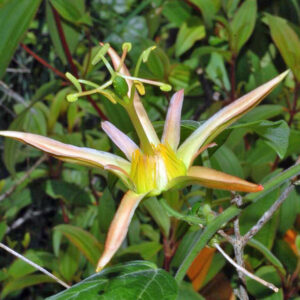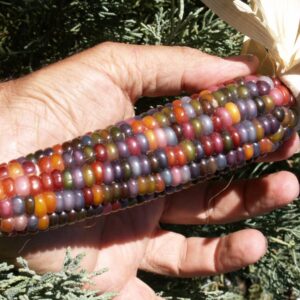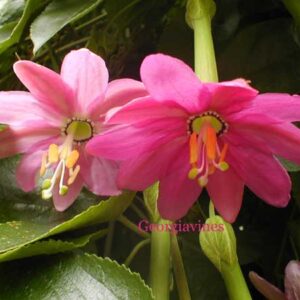General Informations
Muntingia is a genus of plants in the family Muntingiaceae, comprising only one species, Muntingia calabura, and was named in honour of Abraham Munting. It is native to the neotropics, from Mexico south to Bolivia, with edible fruit, and has been widely introduced in other tropical areas.
Muntingia calabura is planted as a source of timber and fuel. Its soft wood used for rural construction, while the bark is fibrous and used for making ropes.
The fruits are edible and in some cases sold in markets, as they can be eaten raw or processed as jam; leaves can be used for making tea. Also, traditional medicinal uses have been reported for the leaves (headaches, prostate problems, reduce gastric ulcers), bark (antiseptic), flowers (antiseptic, reduce swelling, antispasmodic), and fruits (respiratory problems; antidiarrheic).
It is said to help diabetic patients. A small reduction was recorded in patients’ blood sugar levels after consumption.
It is planted as an ornamental species, for shade, and also because the flowers are a source of nectar and pollen for the beekeeping industry.
The tree is also planted along river banks in Brazil, as fallen fruits attract fish.
Muntingia calabura has a potential as a useful species for restoration of disturbed areas and stopping soil erosion. It also offers shelter for wildlife, as it is a source of food for about 60 species of birds and mammals
